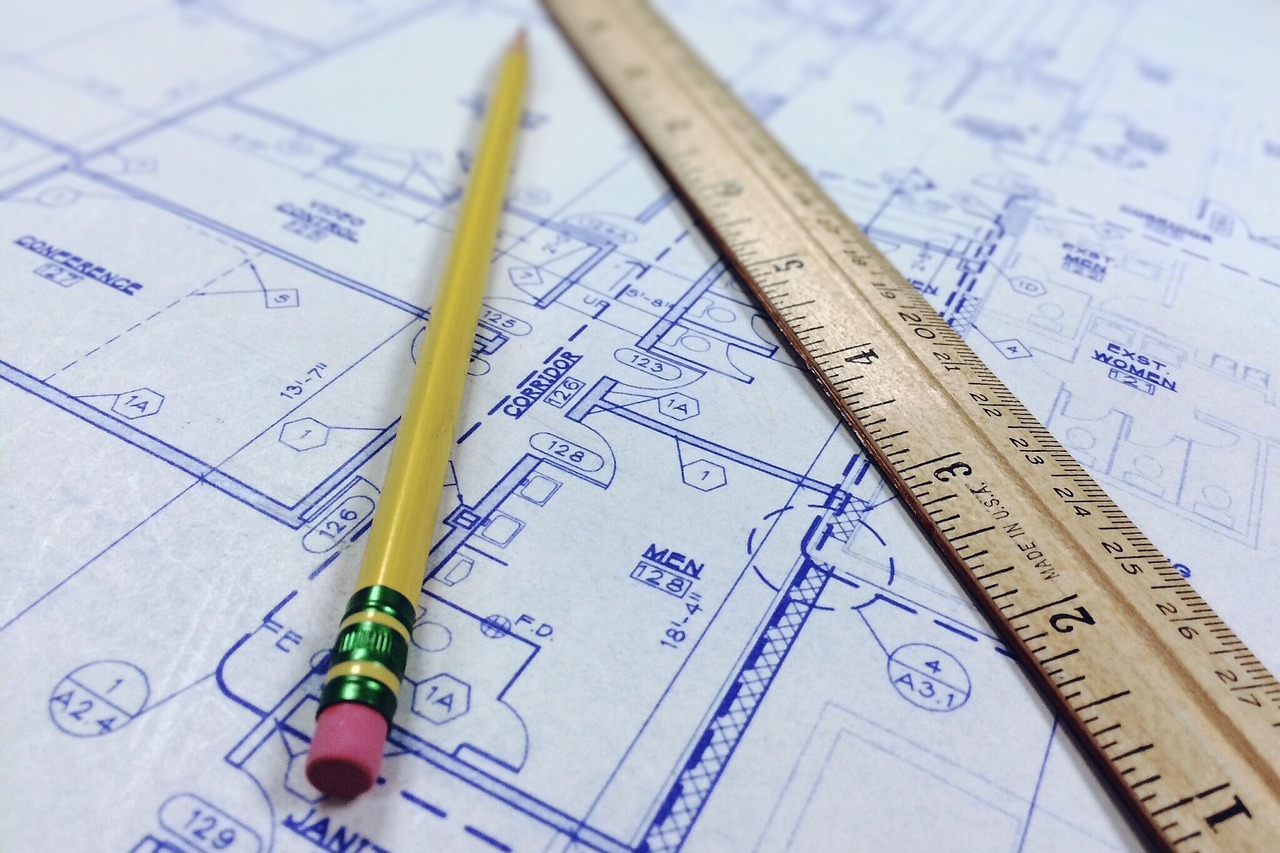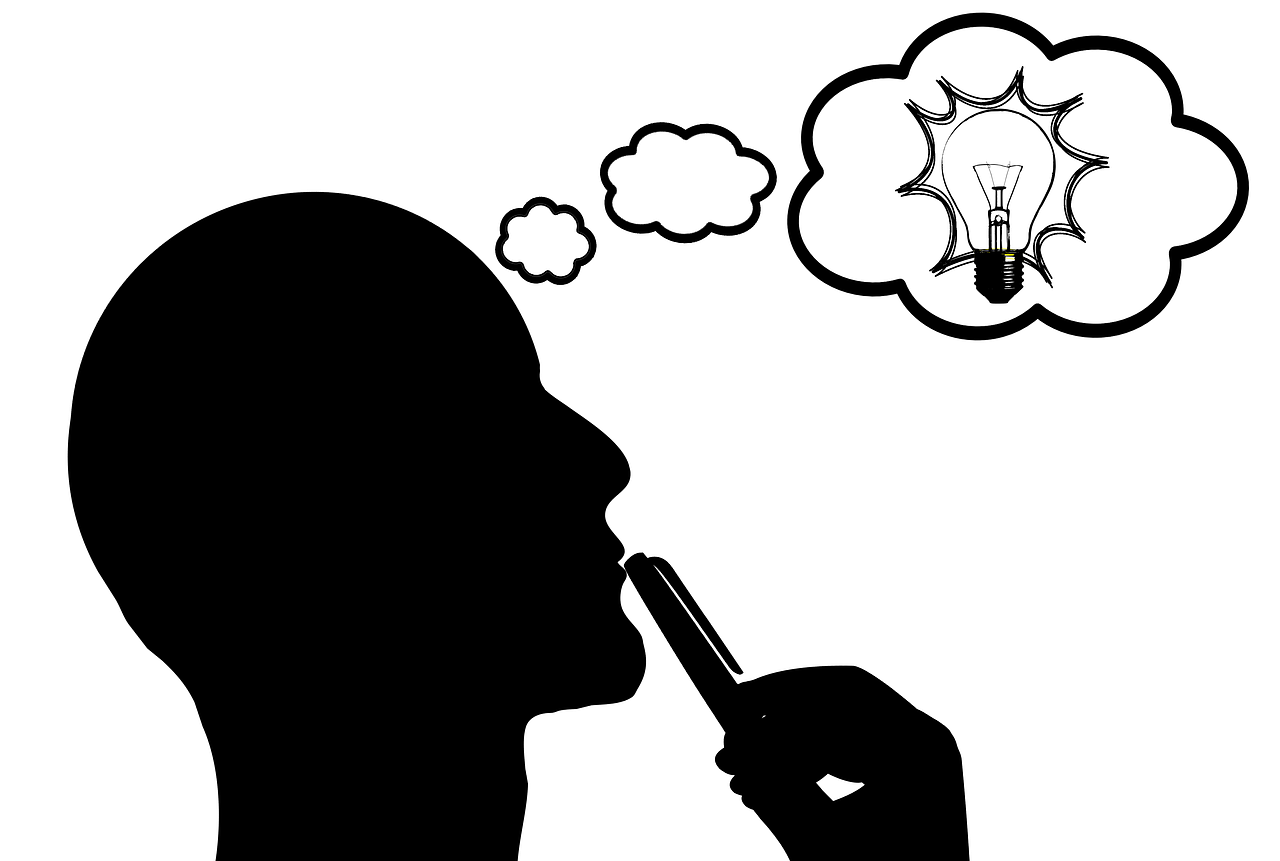Architects Base Fees
Architectural fees are determined by the amount of time and effort that each specific project requires. The more services, oversight, and responsibility given to the architect the higher the fees will be. Those are the main factors in regard to total fees. The Architect is the team leader, the responsible party. There are types of projects that can be slammed out. The level of coordination can be low. Responsibility can be taken by the client. The projects can be drawn as a builders set in lieu of a full bid set. There are many ways to reduce fees. In each case the Owner takes on more responsibility. Who needs to document existing conditions and find the old building permits? Who is designing the new building? Is it one design concept or are there several? What level of detail is wanted on the construction documents? What kind of specifications are needed? Are interior design issues included? Who is going to process all the government approvals? Is bidding going to be involved? To what extent will the Architect and the design team be needed during construction? Will they need to be onsite? Will commissioning be part of all this? Then there are many other issues related to energy systems and value engineering that may need to be looked at including but not limited to, sustainability, low voltage systems, and acoustics. The effort extended to properly meet all the requirements to fulfill a project’s goal needs to be determined. When issues and services are defined, then the fee negotiations; fixed, hourly, or percentages; can be determined, approved, and the work can begin.




